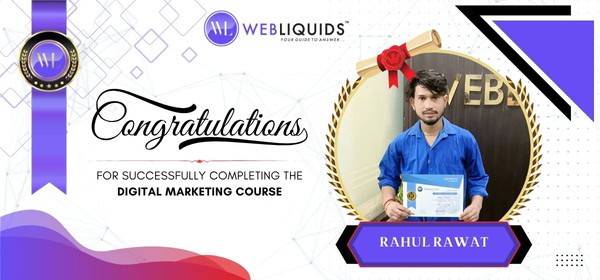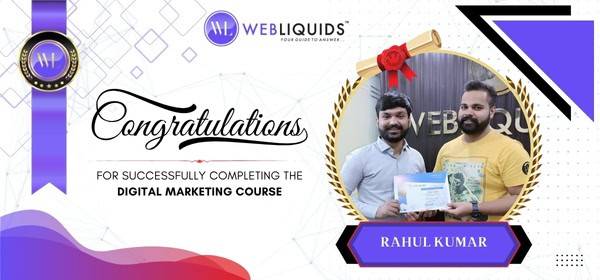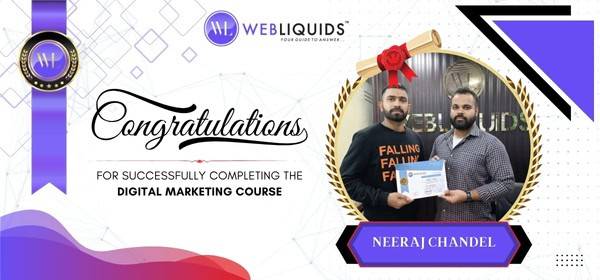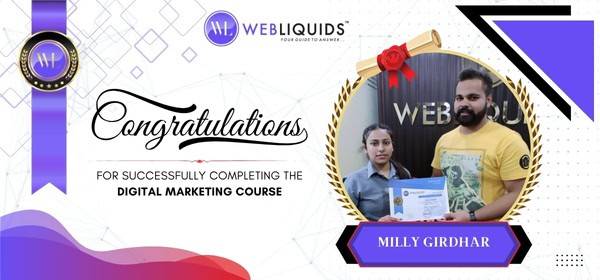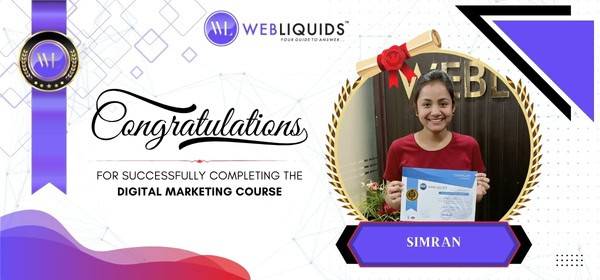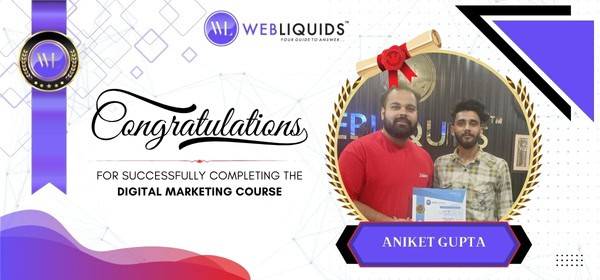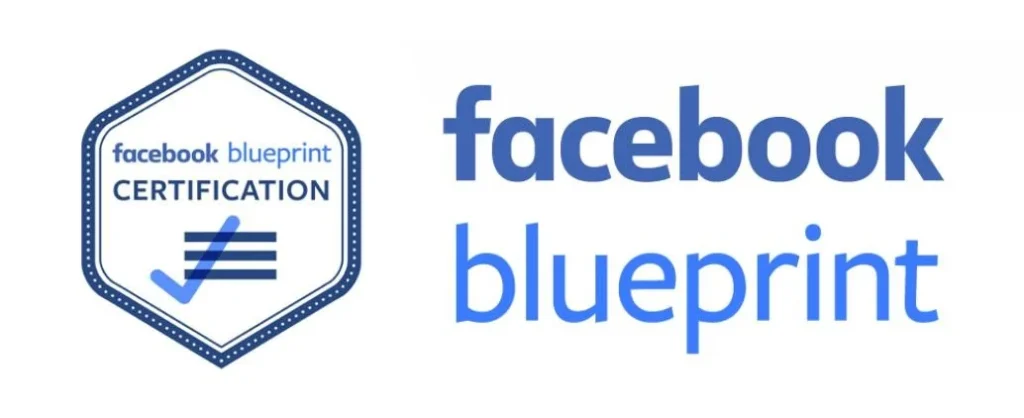Skyrocket Your Success with Social Media Marketing: Trends and Tips You Need for 2025

Skyrocket Your Success with Social Media Marketing: Trends and Tips You Need for 2025
In the ever-evolving digital age, social media marketing has transcended its role as a mere novelty to become an indispensable component of modern business strategies. As we step into 2025, platforms like Facebook, Instagram, LinkedIn, TikTok, YouTube, and emerging contenders are reshaping how brands interact with audiences, foster loyalty, and drive measurable results.
With an estimated 4.9 billion active social media users worldwide, the opportunities for growth are immense—but so are the challenges. Algorithm updates, shifting audience behaviors, and the constant introduction of new features demand that businesses stay agile and innovative.
So, how do you navigate this dynamic landscape to stay ahead of the curve? In this blog, we’ll delve into everything you need to excel in social media marketing in 2025, including the latest trends, proven strategies, and actionable insights to maximize your impact.
Social Media Marketing in 2025: Why It Matters More Than Ever
Global Reach, Personal Touch
Social media enables businesses to connect with audiences worldwide while maintaining a sense of personalization. Advanced targeting options and AI-driven personalization tools make it easier to tailor content to individual user preferences.
- Expanded Language Tools: Platforms are introducing multilingual content features, powered by AI, allowing businesses to connect with global audiences seamlessly.
- Localized Campaigns: Brands are now creating region-specific campaigns to cater to cultural nuances, increasing relatability and resonance.
- Behavioral Analytics: Tools like predictive analytics can anticipate customer needs, ensuring the right message reaches the right person at the right time.
2. A Central Hub for E-Commerce
Social media platforms now double as shopping destinations. With the rise of features like Instagram Shops, TikTok Shop, and Pinterest’s buyable pins, consumers can discover, explore, and purchase products without ever leaving their favorite app.
- Livestream Shopping: Livestream e-commerce is surging, where influencers and brands showcase products in real time, allowing viewers to buy instantly.
- Shoppable Video Ads: Platforms are integrating clickable, interactive video ads that drive direct conversions.
- One-Tap Payments: Simplified payment systems like “Buy Now” buttons reduce friction in the purchasing process, increasing sales.
3. Building Community and Trust
Transparency, authenticity, and community-building are the pillars of successful social media strategies. In 2025, brands that prioritize human connections over sales-driven content are the ones that thrive.
- User-Generated Content (UGC): Customers trust other customers. Highlighting reviews, testimonials, and user-submitted posts fosters trust.
- Micro-Influencers: Smaller influencers with niche audiences are proving to be more impactful in building genuine relationships.
- Cause-Driven Marketing: Consumers increasingly align with brands that take a stand on social, environmental, or cultural issues, making purpose-driven marketing essential.
4. Advanced Analytics for Decision-Making
Data is more critical than ever. Businesses are leveraging social media analytics to refine strategies, optimize campaigns, and measure ROI with precision.
- Real-Time Data Dashboards: Platforms are offering live tracking of campaign metrics to adjust strategies on the fly.
- Sentiment Analysis: AI tools can gauge public sentiment around your brand, helping you fine-tune messaging.
- Predictive Trends: Predictive analytics highlight upcoming trends, enabling brands to stay ahead of the curve.
5. Interactive and Immersive Content
As AR and VR technologies become more accessible, brands are incorporating interactive content that engages users in dynamic ways.
- Augmented Reality Filters: Snapchat and Instagram filters let users interact with products virtually (e.g., trying on glasses or makeup).
- Virtual Showrooms: Brands are launching VR-powered experiences where customers can explore products in a 3D environment.
- Gamified Campaigns: Integrating gaming elements like challenges, badges, or rewards into campaigns boosts engagement and retention.
6. Employee Advocacy on Social Media
In 2025, employee advocacy has become a powerful marketing tool. Employees sharing brand content add credibility and reach to social campaigns.
- Employee Takeovers: Brands encourage employees to host “day-in-the-life” stories or showcase their work on corporate accounts.
- Authentic Voices: Audiences trust individual voices over corporate statements, making employee-generated content invaluable.
7. AI-Enhanced Advertising
AI is not only revolutionizing content creation but also advertising. It enables hyper-targeted ads that feel personalized and relevant.
- Dynamic Ad Customization: Ads automatically adjust based on user demographics, preferences, and behavior.
- Voice Search Optimization: With smart assistants becoming prevalent, brands are creating ads optimized for voice search queries.
- Advanced Audience Segmentation: AI-driven segmentation ensures you target not just broadly defined groups but individuals likely to convert.
8. Sustainability and Eco-Friendly Messaging
Consumers are becoming more eco-conscious, and brands need to reflect those values.
- Sustainable Stories: Share your efforts in sustainability, such as eco-friendly packaging or charitable initiatives.
- Green Partnerships: Collaborate with influencers or organizations that champion environmental causes.
- Carbon-Neutral Campaigns: Offset the carbon footprint of ad campaigns to appeal to eco-minded audiences.
Key Social Media Trends to Watch in 2025
To stay competitive, it’s essential to align your strategy with the latest trends. Here are the most significant developments shaping social media marketing this year:
1. AI-Driven Content Creation and Personalization
Artificial Intelligence (AI) is revolutionizing how businesses create and deliver content. Tools like ChatGPT, Jasper, and MidJourney are helping brands produce high-quality posts, generate captions, and even design visuals faster than ever. AI also enables hyper-personalized user experiences, increasing engagement rates significantly.
How to Leverage This:
- Use AI for A/B testing and to generate content ideas based on trending topics.
- Incorporate AI chatbots for seamless customer interactions.
2. Short-Form Video Content Dominates
TikTok’s explosive growth has solidified the dominance of short-form video content. Instagram Reels, YouTube Shorts, and Snapchat Spotlight are following suit, emphasizing the need for engaging, quick, and visually striking videos.
Pro Tip: Focus on storytelling. Use videos to showcase behind-the-scenes moments, customer testimonials, or educational snippets relevant to your industry.
3. Social Commerce Expands Further
In 2025, e-commerce integration is the norm on major social platforms. Customers can browse, save, and purchase products without ever leaving the app, streamlining the buyer’s journey.
How to Adapt:
- Optimize your product listings for social platforms.
- Collaborate with influencers to promote exclusive deals directly through social commerce features.
4. Rise of Niche Communities
Broad marketing approaches are losing traction as niche communities gain prominence. Platforms like Discord and Reddit, along with micro-communities on Instagram and Facebook Groups, provide brands with highly engaged audiences.
Strategy: Build and nurture small, dedicated communities to foster loyalty and advocacy.
5. Authenticity Over Perfection
Audiences in 2025 crave raw, real, and relatable content. Overly polished campaigns feel inauthentic and are often less engaging. User-generated content, influencer collaborations, and “unfiltered” posts are becoming the gold standard.
Crafting a Winning Social Media Strategy
A robust strategy is the backbone of successful social media marketing. Here’s a step-by-step guide:
Step 1: Define Clear Goals
What do you want to achieve? Your goals could include:
- Increasing followers
- Boosting engagement
- Driving website traffic
- Generating leads or sales
Step 2: Know Your Audience
Use tools like Google Analytics, Meta Insights, and TikTok Analytics to understand your audience demographics, preferences, and behaviors. Create detailed buyer personas to guide your content.
Step 3: Choose the Right Platforms
Focus on platforms where your target audience spends the most time:
- Instagram and TikTok: Great for B2C brands targeting younger audiences.
- LinkedIn: Ideal for B2B businesses and professionals.
- Pinterest: Perfect for lifestyle, DIY, and fashion brands.
- YouTube: For long-form, educational, or entertaining video content.
Step 4: Plan and Schedule Content
Consistency is key. Use content calendars and scheduling tools like Hootsuite, Buffer, or Sprout Social to maintain regular posting. Diversify content types:
- Infographics
- Videos
- Stories
- Blog shares
- User-generated content
Step 5: Leverage Paid Advertising
Organic reach can be limited. Invest in paid campaigns to amplify your content. Use A/B testing to optimize ad performance.
Step 6: Engage Actively
Reply to comments, DMs, and mentions. Build relationships by showing your audience you care.
Top 10 Tools for Social Media Marketing
1. Sprout Social
Purpose: Social media management, analytics, and engagement.
Why it’s great: Sprout Social offers in-depth analytics, social listening, and easy management across multiple social platforms. It also helps you measure ROI and understand your audience’s behavior.
2. SocialBee
Purpose: Content scheduling and social media automation.
Why it’s great: SocialBee lets you categorize your posts (such as promotional, educational, etc.) and schedule them accordingly, ensuring you maintain a balanced content mix. It also allows for auto-posting, analytics tracking, and team collaboration.
3. CoSchedule
Purpose: Content marketing and social media scheduling.
Why it’s great: CoSchedule combines social media scheduling with content calendar management, making it easier to plan and execute campaigns. You can schedule social posts, track performance, and collaborate with your team seamlessly.
4. Sendible
Purpose: Social media management for agencies and businesses.
Why it’s great: Sendible is designed for scalability, helping businesses manage multiple clients or large-scale social media campaigns. It allows for social media post scheduling, monitoring, and reporting in a unified interface.
5. ContentStudio
Purpose: Content discovery, scheduling, and analytics.
Why it’s great: ContentStudio helps you find trending content relevant to your brand, schedule it, and analyze its performance. It also supports content curation, automation, and multi-platform posting for a streamlined process.
6. Loomly
Purpose: Social media calendar and content planning.
Why it’s great: Loomly is a simple, easy-to-use tool for managing your social media calendar. It also offers post ideas and content suggestions based on what’s trending. It helps teams collaborate by enabling the review and approval of content before publishing.
7. Crowdfire
Purpose: Social media management and marketing.
Why it’s great: Crowdfire helps you grow your social media presence by automating content posting, audience targeting, and performance tracking. It also offers competitor analysis to track what’s working for your industry.
8. Brandwatch
Purpose: Social listening and analytics.
Why it’s great: Brandwatch offers advanced social listening tools, helping you track brand mentions, sentiment, and trending topics. It’s ideal for businesses looking to engage in meaningful conversations and improve customer experience.
9. Agorapulse
Purpose: Social media management and engagement.
Why it’s great: Agorapulse provides an intuitive interface for scheduling, monitoring, and analyzing social media campaigns. It includes in-depth reporting, content approval workflows, and allows teams to respond to customer inquiries efficiently.
10. Trello
Purpose: Project management and content planning.
Why it’s great: While Trello isn’t exclusive to social media, its visual board setup is perfect for organizing content creation, scheduling, and team collaboration. You can create boards for different campaigns and keep track of progress in real time.
Future of Social Media Marketing
As technology continues to evolve, social media marketing is becoming more sophisticated and immersive. The integration of AR (Augmented Reality) and VR (Virtual Reality) is transforming the way brands interact with their audience, offering experiences that were once unimaginable.
In 2025, AR and VR will play a significant role in customer engagement, with brands using virtual try-ons, 3D product demos, and fully immersive experiences to enhance user interaction. This not only captivates audiences but also helps businesses create deeper emotional connections with their customers.
Meanwhile, AI-driven analytics are getting increasingly advanced, enabling marketers to gain precise insights into audience behavior and preferences. AI tools can predict customer actions, optimize content delivery, and offer personalized recommendations in real-time. Companies that embrace these cutting-edge technologies will have a distinct advantage in creating highly relevant and personalized marketing campaigns.
Additionally, there will be an even greater emphasis on community building, as audiences crave genuine, authentic interactions with brands. Social media platforms are providing new ways for brands to foster communities by engaging directly with their followers and encouraging user-generated content. This not only drives trust but also helps businesses stay ahead in an increasingly competitive digital landscape.
By adapting quickly to these advancements, businesses can create more engaging and effective social media strategies that resonate with today’s tech-savvy and demanding consumers.
Frequently Asked Questions (FAQs)
1. How do I stay updated with the latest social media trends?
Follow industry blogs, webinars, and social media experts on platforms like Twitter and LinkedIn. Tools like BuzzSumo track real-time trends.
2. How important is video content on social media in 2025?
Video content, especially short-form videos (TikTok, Instagram Reels), continues to drive higher engagement and conversions.
3. How can AR/VR change the way businesses market on social media?
AR/VR offers immersive experiences like virtual try-ons and interactive product demos, creating engaging customer interactions.
4. Should I use AI for content creation?
AI helps streamline content creation but should complement human creativity for authenticity and originality.
5. How can I increase engagement on social media?
Create resonant content, interact with your audience, and use interactive features like polls and user-generated content.
6. What are some emerging social media platforms to watch in 2025?
Look out for platforms like BeReal, Clubhouse, and new blockchain-based platforms offering unique opportunities for engagement.
Ready to Master Digital Marketing? Sign Up Today!
Inspiring Job Placement Success Stories

Our Achievers Ready to Lead the Industry
